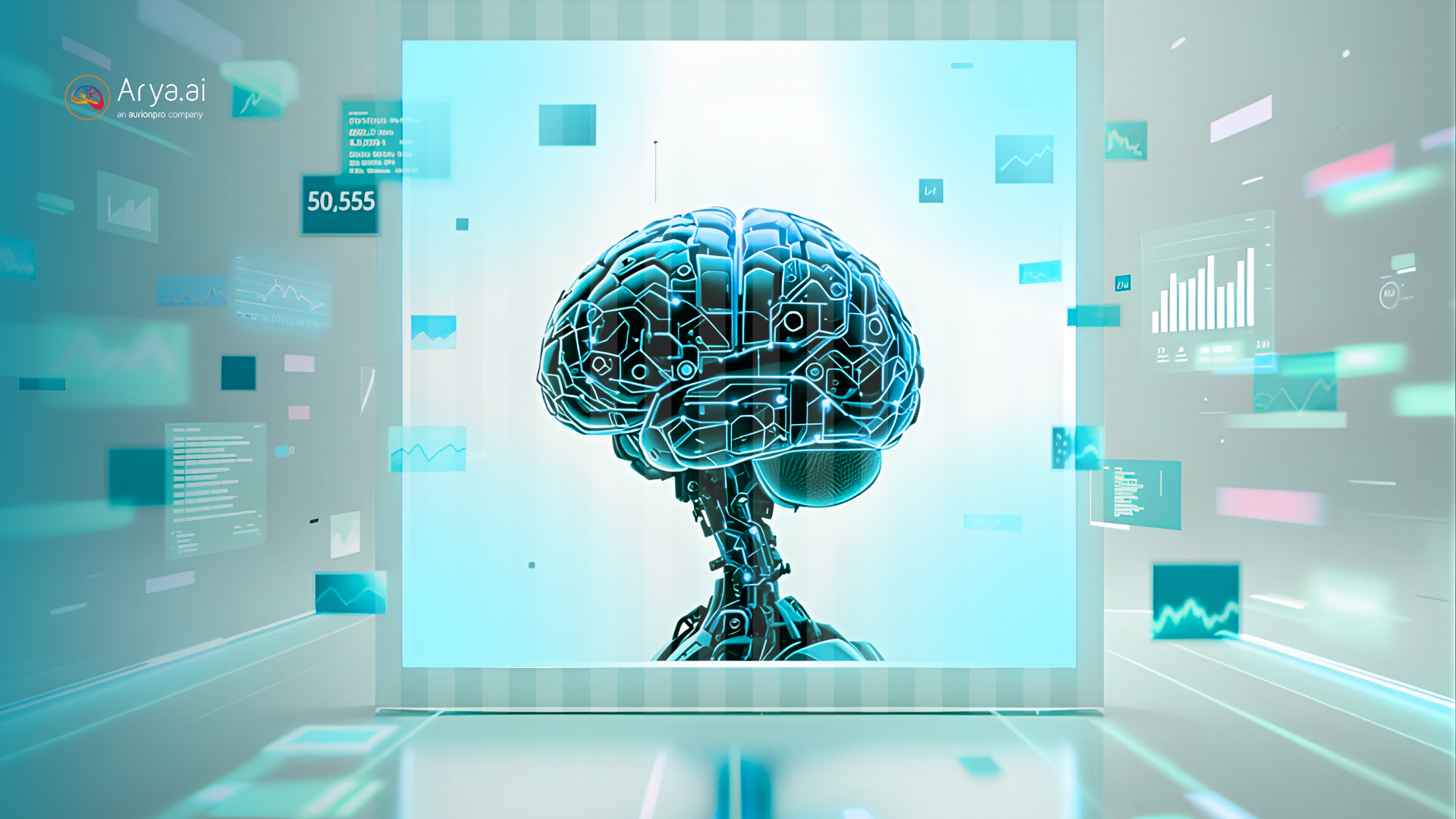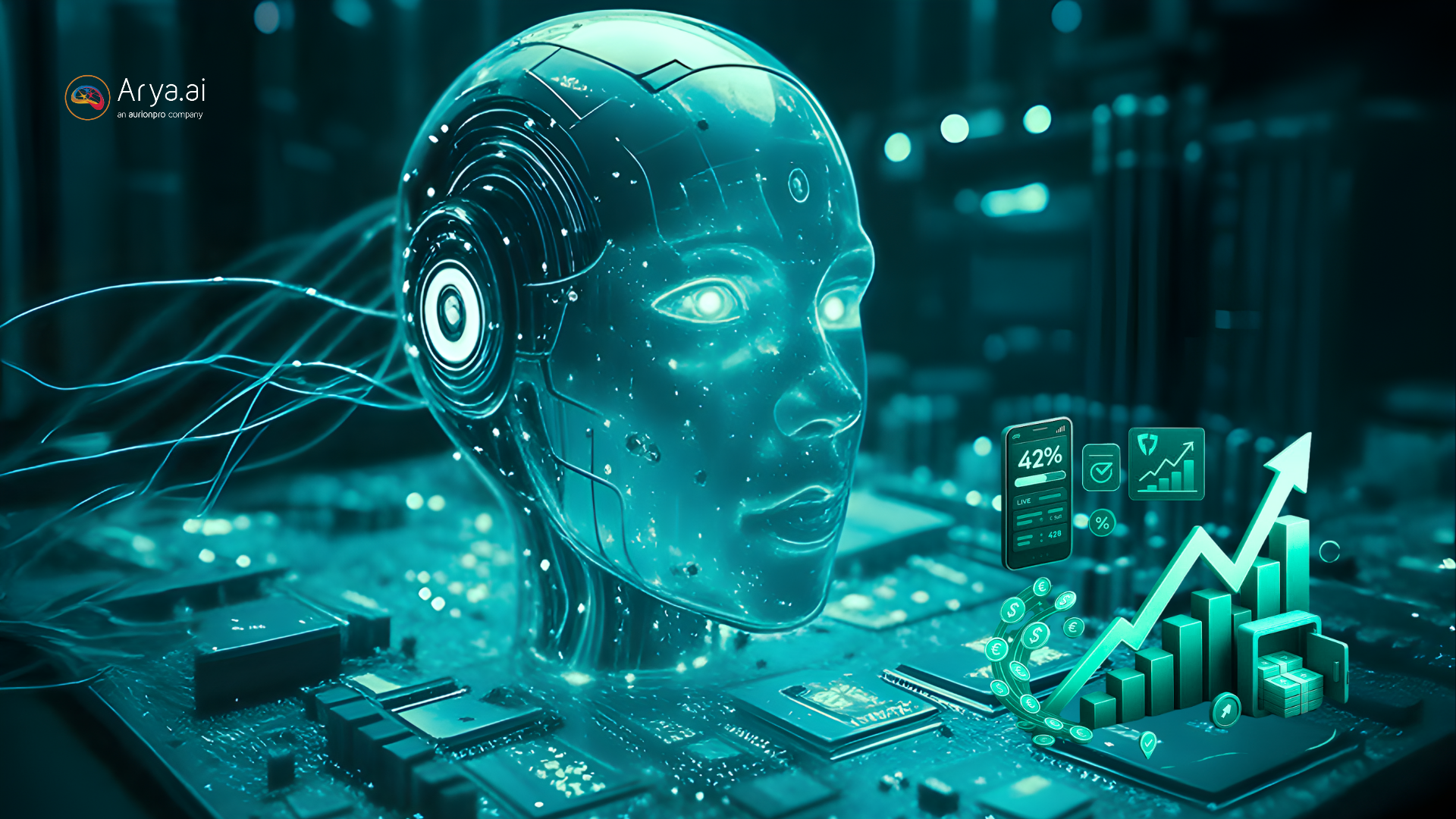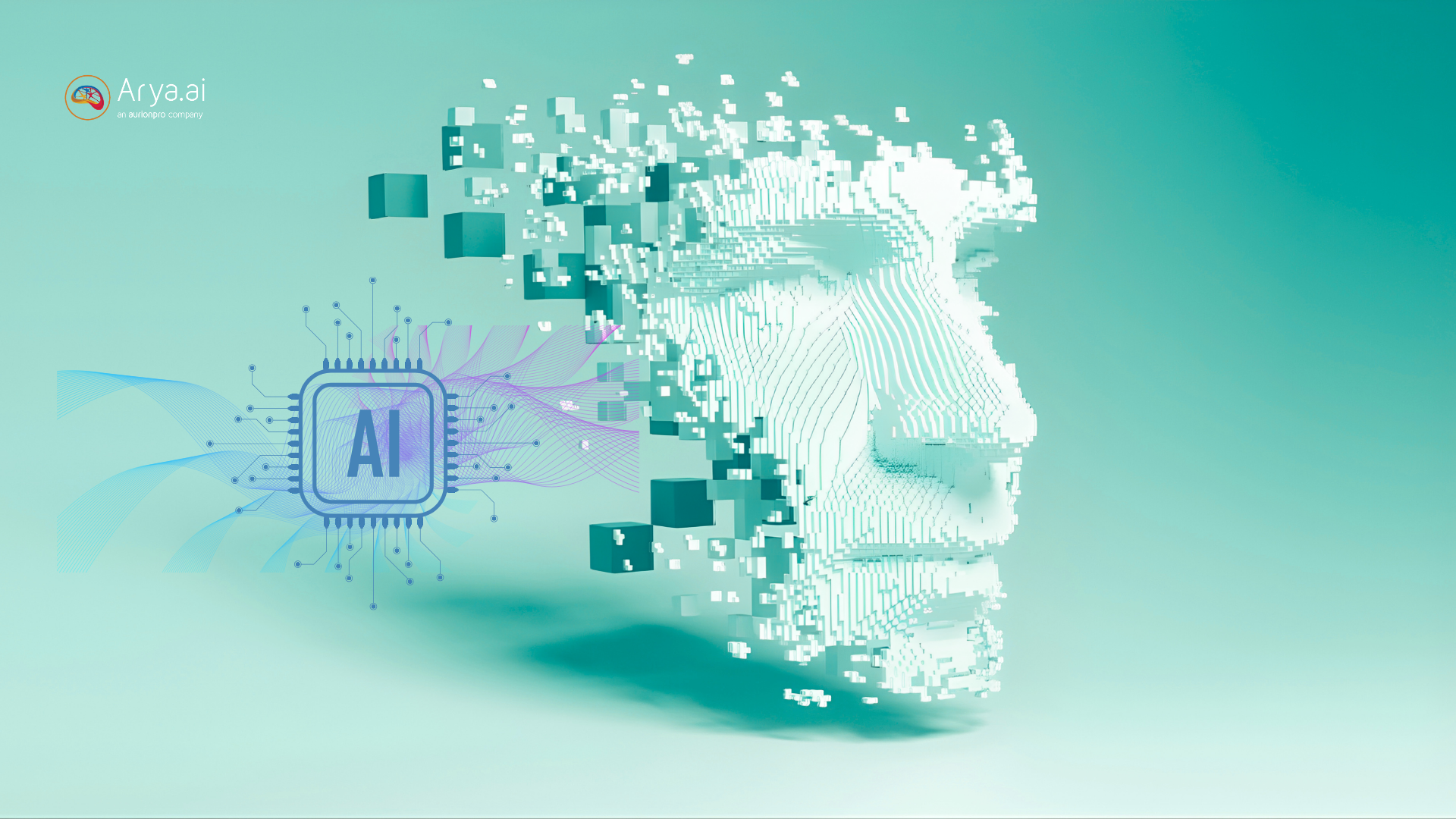
What is Data Ingestion?
Data ingestion is the process of obtaining and importing data from various sources into a system where it can be stored, processed, and analyzed.
Data ingestion is the first process in the data pipeline. It ensures data from different sources, such as databases, files, APIs, sensors, and more, are collected and made available for further processing.
It’s important because it forms the foundation upon which data transformation, analytics, and machine learning initiatives are built. At its core, data ingestion involves:
- Extracting data: Pulling raw data from multiple sources
- Transporting data: Moving this data to a centralized storage system, such as a data lake or data warehouse
- Pre-processing data: Transforming or cleaning data to ensure consistency before deeper processing is done
Data ingestion acts as the critical first step of data handling, ensuring that subsequent processes have the right data available in the right format. For instance, it’s an important step in intelligent document processing.
It involves the processes of data extraction, data transformation, and data loading.
How Data Ingestion Works: Extraction, Transformation, Loading
Data ingestion often operates within an ETL framework, which stands for Extraction, Transformation, and Loading. Let’s break it down into each of these key steps:

1. Extraction
This process refers to the retrieval of data from its source. It focuses on simply extracting information without any analysis or modification. Data is pulled from various sources, which might include relational databases, cloud storage, IoT devices, web services, or even log files from applications. Extraction ensures that all relevant data is available.
2. Transformation
This process happens once data is ingested. Once data is extracted, it usually requires cleaning and transformation. It involves cleaning data, its enrichment, and reformatting if required. This stage can involve deduplication, normalization, enrichment (such as adding metadata), or converting data types to ensure consistency across the dataset. Transformation involves converting data into a format that’s more suitable for analysis.
3. Loading
This is generally the final step in data pipelines. The processed data is loaded into a destination system, such as a data warehouse or data lake, where it can be accessed for analysis, reporting, or feeding into machine learning models.
This sequential process ensures that raw data is converted into a structured, usable format, enabling businesses to derive meaningful insights.
Types of Data Ingestion
Data ingestion can be categorized into three broad types based on how and when the data is processed, namely:
1. Batch Ingestion
Batch ingestion involves collecting data and processing it in large chunks. This approach is ideal for scenarios where real-time processing is not critical.
Advantages:
- Efficiency in handling large volumes of data
- Easier error handling and recovery since data is processed in defined intervals
Disadvantages:
- Not suitable for time-sensitive applications
- Latency in data availability, which may affect real-time decision-making
2. Real-Time (Streaming) Ingestion
Real-time ingestion, or streaming ingestion, as the name suggests, focuses on processing data as soon as it is generated. This method is crucial for applications requiring immediate data insights, such as fraud detection, live dashboards, or IoT sensor monitoring.
Advantages:
- Provides immediate insights and enables faster responses
- Supports dynamic and interactive applications
Disadvantages:
- Increased complexity in ensuring data consistency
- More challenging to scale and manage, especially when dealing with high data velocity
3. Lambda Architecture
Taking the best of both worlds, Lambda architecture combines both batch and real-time processing. It processes data through two separate paths - a batch layer that handles comprehensive, historical data processing, and a real-time layer that deals with immediate data streams. The results from both layers are then merged to provide a holistic view.
Advantages:
- Flexibility to handle both historical and real-time data
- Robustness in scenarios where data latency varies
Disadvantages:
- Increased system complexity due to the need to manage dual pipelines
- Higher operational overhead in maintaining consistency between the layers
The Data Ingestion Process
Now that we’ve understood what data ingestion is, how it works, and its three different types, let’s take a look at the entire process. An effective data ingestion process involves several key steps:
1. Source Identification
Before data can be ingested, it’s crucial to identify and understand the data sources available. These sources might include internal databases, cloud-based storage, third-party APIs, social media feeds, or sensor networks. Knowing where your data resides helps in planning the ingestion strategy.
2. Data Collection Methods
Data can be collected using various methods depending on the source and the required frequency:
- APIs: Useful for pulling data from web services or external systems
- File transfers: Using FTP or cloud storage solutions to move bulk data files
- Direct database queries: Extracting data directly from relational databases
- Streaming protocols: For real-time data, using protocols like Apache Kafka or MQTT to stream data continuously
3. Data Validation and Quality Checks
Data ingestion processes should incorporate rigorous validation and quality checks to ensure that only accurate and relevant data is processed. This can include:
- Schema validation: Ensuring data adheres to a predefined structure
- Duplication checks: Removing or flagging duplicate records
- Data cleansing: Identifying and correcting anomalies or inconsistencies
4. Target Storage Loading
Once the data is validated and pre-processed, it must be loaded into the target storage system. This could be a cloud data warehouse or an on-premises storage solution. Efficient loading ensures that downstream applications such as analytics platforms, reporting tools, or machine learning models can access the data promptly and reliably.
Common Challenges in Data Ingestion
Even with well-designed processes, data ingestion is not without its challenges. Let’s take a look at some common issues faced by enterprises:
- Diverse data formats: Data today comes in various formats, i.e., structured, semi-structured, and unstructured. Integrating these disparate data types into a unified system can be complex. Solutions must be flexible enough to handle content in different formats such as XML, JSON, CSV, log files, multimedia content, and more.
- Data quality and consistency: With data sourced from multiple systems, maintaining consistent quality is a major challenge. Inconsistent data can lead to incorrect analyses and misguided business decisions. Robust data validation, cleansing procedures, and error-handling mechanisms are essential to mitigate these issues.
- Scalability: As data volumes grow, the infrastructure must scale accordingly. Batch processing may struggle with increasing loads, while real-time systems might face latency issues. Choosing a scalable architecture and ensuring that both the hardware and software can handle peak loads is critical for long-term success.
- Real-time data stream management: Ingesting data in real-time is complex as the system needs to be capable of processing data without delay and handling the high velocity of incoming data. This often requires sophisticated tools and architectures to manage the continuous flow of data while maintaining high availability and low latency.
Tools and Technologies for Data Ingestion
A thorough evaluation of these criteria will help you select the right tool that aligns with your organizational needs and technical requirements. When choosing a data ingestion tool, consider the following factors:
- Scalability: Can the tool handle your current and future data volumes?
- Flexibility: Does it support multiple data formats and sources?
- Ease of use: Is the tool user-friendly, with robust documentation and community support?
- Cost: Does the tool fit within your budget, considering both initial setup and ongoing operational costs?
- Integration capabilities: How well does the tool integrate with your existing data storage, analytics, and processing systems?
Choosing the right data ingestion tool depends on your specific requirements:
- For structured, batch data: ETL platforms and tools like Apache Sqoop are often the best fit
- For high-velocity, real-time data: Streaming tools like Apache Kafka, Apache Pulsar, or managed cloud services (AWS Kinesis, Azure Event Hubs, Google Cloud Pub/Sub) excel
- For flexible data routing and transformation: Apache NiFi, Logstash, and Fluentd provide robust solutions
- For managed, scalable integration: Cloud-based services like AWS Glue, Azure Data Factory, and Google Cloud Dataflow offer powerful, serverless options
To tackle the complexities of data ingestion, numerous tools and platforms have emerged, each designed to cater to different needs and scales. While there are traditional solutions available, the need of the hour for businesses is to inculcate artificial intelligence in data ingestion, similar to Arya.AI’s intelligent document processing solutions.
Best Practices for Effective Data Ingestion

Implementing data ingestion processes correctly is as important as choosing the right tools. Here are some best practices to ensure a robust and efficient pipeline:
- Ensuring data security and compliance: Encrypting data in transit and at rest ensures that the data ingestion processes comply with regulatory standards such as GDPR, HIPAA, or CCPA. Regular audits and continuous monitoring can help mitigate risks related to data breaches and non-compliance.
- Implementing robust error handling: Implementing mechanisms to not only log errors but also provide alerts to allow quick rectification minimizes data loss and ensures continuous pipeline operation.
- Monitoring and maintaining data pipelines: Utilizing monitoring tools that provide real-time insights into pipeline performance, throughput, and latency are key to maintaining a healthy data ingestion process. Regular performance reviews and maintenance schedules help preempt issues before they escalate into significant problems.
- Regularly updating and scaling infrastructure: Hardware and software resources must be regularly updated to accommodate changes in volume, velocity, and variety of data to ensure the data ingestion pipeline remains robust and responsive under peak loads.
Benefits of Efficient Data Ingestion
Integrating an efficient data ingestion process is the key to unlocking innovation, enhancing operational efficiency, and driving a data-centric culture that propels enterprises forward in an increasingly competitive market. Efficient data ingestion unlocks significant benefits that extend across the entire organization, such as:
- Enhanced data accessibility: Efficient data ingestion makes data readily available across the organization, breaking down silos and fostering a culture of data-driven decision-making so that teams can quickly identify trends and respond to emerging opportunities.
- Improved decision-making: With an effective data ingestion process in place, businesses can trust the data they analyze, leading to more accurate forecasts, strategic decisions, and improved operational efficiency.
- Facilitating advanced analytics: As advanced analytics, including predictive modeling and machine learning, depend heavily on reliable and well-ingested data, a streamlined ingestion process empowers data scientists to build robust models that drive business innovation.
- Supporting machine learning initiatives: Efficient data ingestion processes reduce the time and effort spent on data wrangling, enabling faster model development and deployment, which accelerates the pace of innovation and provides a competitive edge in the market.
How Arya.AI helps empower the data ingestion process in enterprise systems
Enterprises today face an overwhelming influx of data in the form of contracts, invoices, receipts, forms, and more. Arya.AI’s Intelligent Document Processing (IDP) solution is designed to revolutionize the way companies handle this data by automating and streamlining the entire document lifecycle.
Arya.AI’s IDP solution uses advanced artificial intelligence, such as integrating natural language processing, machine learning, and computer vision to automatically ingest documents from various sources. It also allows seamless connection with existing enterprise systems to ensure that the ingested data is immediately available for further analysis or operational use.
Key components of Arya.AI’s IDP include:
- Data extraction: Advanced optical character recognition (OCR) and natural language processing extract key data points irrespective of the diversity or complexity of the document format
- Classification & validation: Intelligent algorithms classify documents into relevant categories and validate the extracted information
- Continuous improvement: The system leverages machine learning to continually refine its processes
Arya.AI’s data ingestion solution is not just about getting data in but managing every stage of the document’s journey, be it ingestion, classification & extraction, validation & enrichment, or storage & integration.
Book a demo with Arya.AI today to learn how to empower data ingestion processes in enterprise systems.





.png)





.png)




.png)
.svg)


